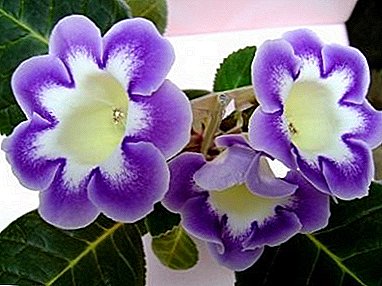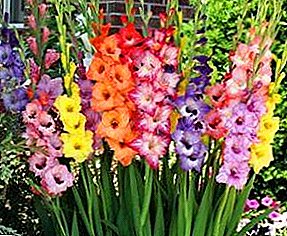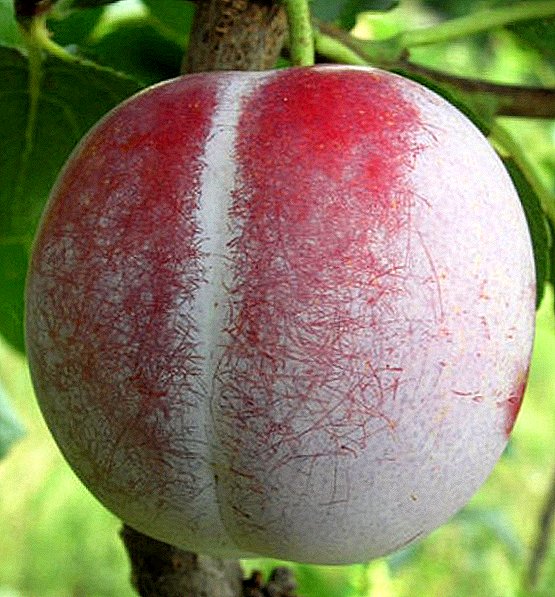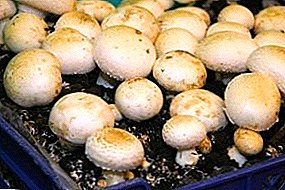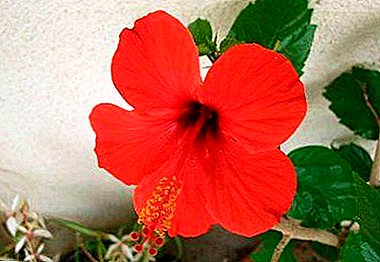
Chinese rose is very popular among houseplants around the world. Appearance and diversity of existing species allow hibiscus to remain out of competition.
The plant is completely unpretentious in the care, so even a novice can cope with its cultivation.
How and when the plant blooms at home, how to extend this period, why the buds sometimes do not bloom, and what to do in this case, we will discuss further in the article.
Blooming species of hibiscus when bloom?
Chinese rose belongs to the indoor plants. The most common blooming Chinese hibiscus species are as follows:
- Ankara;
- Rosa;
- Alicante;
- Flamingo;
- Koenig;
- Bangkok;
- Bari.
Chinese hibiscus blooms once a year, when it is warm in summer, starting from the end of May and before the onset of cold weather. Some buds fade away, and new ones appear in their place. This process continues for more than a month and directly depends on the proper care of the plant: the frequency of cutting, the frequency of irrigation, the temperature and humidity of the air in the room, and the fertilization of the soil.
How to bloom?
Features flowering hibiscus depend on its type.
 Ankara flowers are opaque, mostly yellow with a red core.
Ankara flowers are opaque, mostly yellow with a red core.- Rosa is characterized by pink buds with a semi-double surface.
- Alicante flowers are not particularly attractive: only the petals are red.
- The beauty of Flamingo is determined by the buds of pink color with a dark red core.
- The bright yellow terry flowers of Koenig give the plant a special chic.
- Bangkok blooms yellow with a maroon center buds.
- Bari is not unusual: the flowers are light yellow with a dark middle.
How to extend the beauty in the apartment?
To hibiscus bloom as long as possible, you need to properly care for him:
- water regularly, reducing water treatments in the winter;
- observe the temperature in the room where the Chinese rose is: from 18 to 25 ° (but not less than 10 ° C);
- protect from direct sunlight - diffused light is more favorable;
- spray flowers with warm, settled water;
- use loose earth that lets air through;
- feed various fertilizers.
When to trim a houseplant?
After flowering is to take care of the appearance of hibiscus. To give a beautiful shape of the plant must be cut. It is worth doing this in the cold season, without worrying about harming the Chinese rose: new branches grow very quickly, providing pomp and density.
From the video you can find out how and when it is better to cut hibiscus:
Why does not bloom at home and what to do?
It happens that the Chinese rose does not bloom, and why it happens at home, what should be the care of hibiscus, we consider further and analyze the reasons for non-flowering. They may be as follows.
- Excessive watering.
- Contact with direct sunlight.
 High ambient temperature during the budding period - more than 15 °.
High ambient temperature during the budding period - more than 15 °.- Bad soil.
- Poor fertilizing plants.
- Untimely pruning.
- The presence of parasites and pests.
- Too dark room.
- "Open space" in the growth of the root system: the pot should be tight.
- Constant movement of the flowerpot with a flowering plant.
To hibiscus pleased lush flowering, you must follow the above recommendations for the care of the Chinese rose. It is necessary to regularly pruning in the cold season. While the plant is resting from flowering, it should be kept at a room temperature of no more than 15 °. At this time it is necessary to switch to moderate watering and not to fertilize. When buds are formed on the plant, it should be placed in a warm and bright room, and also add useful trace elements to the soil.
Chinese hibiscus has a lush bloom throughout the warm season. In order for the hibiscus to please its owner with a beautiful color as long as possible, it is necessary to follow the rules for caring for the plant.


 Ankara flowers are opaque, mostly yellow with a red core.
Ankara flowers are opaque, mostly yellow with a red core. High ambient temperature during the budding period - more than 15 °.
High ambient temperature during the budding period - more than 15 °.

